Modern business is all about strict timelines.
Whether your field is manufacturing, extraction, retail, or research and development, your operations are bound to rely on a variety of activities that operate in tandem. The most minor of supply shortages can throw these activities off, potentially costing you thousands of dollars just for a few hours' delay. Success thus hinges on your ability to right the ship as quickly as possible after a supply shortage arises. The quicker you can fill that gap and get things back to business as usual, the more efficient and profitable your business will be over the long haul.
Hot shot trucking is the art of dealing proactively with supply issues.
Designed specifically to address supply and distribution problems that arise without warning, hotshot trucking tactics involve coordinating a network of carriers in a variety of locations. By calling on the vehicles closest to your supply or distribution points, hotshot brokers can fill any sudden gaps in your supply network almost as soon as they happen. This minimizes the disruption to your business and allows you to quickly return to ordinary operations, weathering the storm without skipping a beat.
We Can Help
Hot Shot Trucking: An Overview
To understand how hotshot trucking can help your business, it's important to first understand what exactly this service is. Many people hear the phrase "hot shot trucking" and interpret it literally, imagining quick, perhaps haphazard efforts to pick up items and bring them to the location where they're needed. But true hot shot trucking is far more systematic than this and consists of the following activities:

Vetting & Networking
The hot shot trucking strategy begins by laying the foundation to resolve emergencies before they even occur. To do this, hotshot trucking brokers recruit carriers in the communities they serve. A quality broker will cast as broad a net as possible to bring in carriers who specialize in the full range of vehicles and types of cargo, but also won't skimp on vetting. Through careful evaluation of each prospective carrier, their personnel, their unique skills, and their experience, hot shot coordinators put together a team that they and their clients can trust. This leaves them well-prepared for:
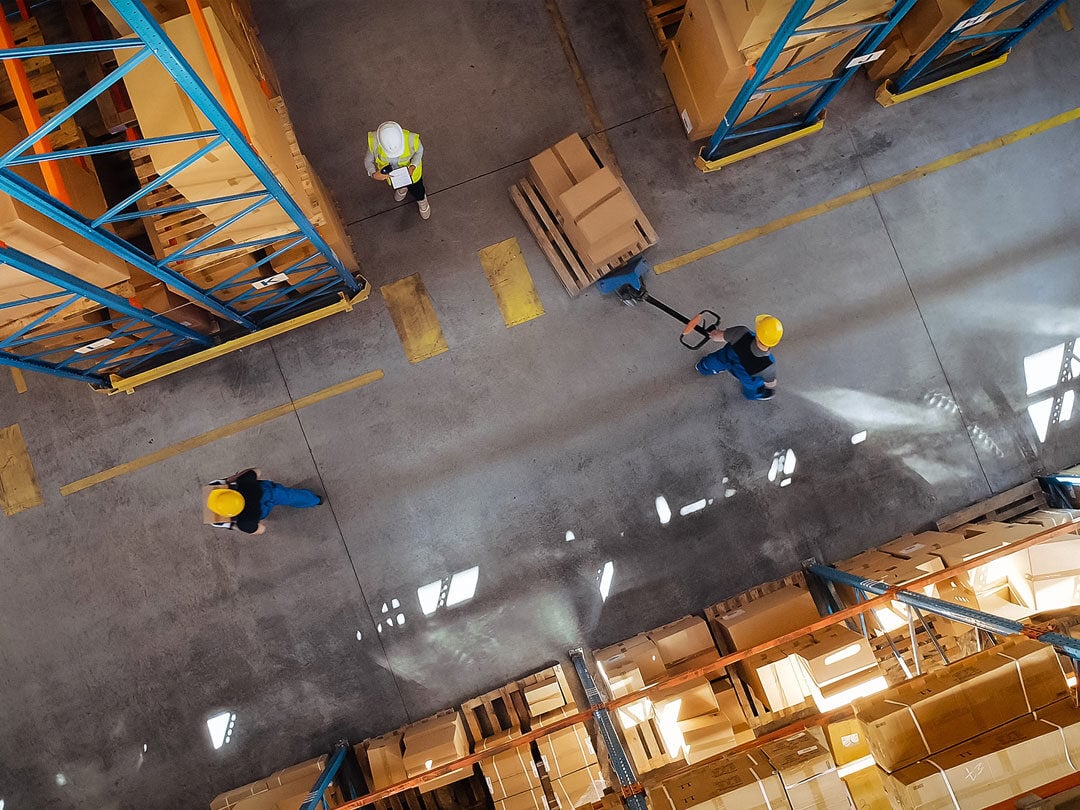
Initial Identification
Once brokers have laid the foundation, they can then use it to solve clients' specific problems. An organized hotshot trucking broker begins each job by identifying the location where the items in question have to be picked up and the carriers closest to that location. The goal is to minimize the time it takes to drive to the supplies you need and load them up; not only does this cut down on the total length of the journey, but it also reduces the number of early disruptions that can occur. Once hot shot trucking brokers have chosen the proper carrier and vehicle in their network to do the job, they get in touch with that carrier. They provide the carrier detailed instructions on how to reach those supplies and then send them off to begin the delivery.

Route Planning
Beginning during the identification stage and continuing while the vehicle is on its way to the pickup spot, hotshot trucking coordinators plan the drive from that spot to the final destination in painstaking detail. Quality coordinators adopt a holistic approach, choosing routes based not only on their length but on a variety of other factors. Brokers consider weather patterns and forecasts along each potential route in an effort to minimize delays from storms. They review road quality and maintenance data, so they can steer the carriers around closed or unreliable roads. And they consider traffic patterns with the goal of sending carriers down roads with as little congestion as possible. Such a holistic process ensures hot shot trucking services that are reliable and that occur as quickly as legally possible. Customers can thus regain a sense of predictability and stability in the midst of their shipping crises.

Continuous Monitoring
For all the effort that hotshot brokers put into their initial plans, they also understand that conditions on the road are not always predictable. Just because a route is usually open at a given time of day doesn't mean a traffic jam can't happen there; and while meteorological forecasts can help you avoid storms, sometimes the weather will surprise you! To stay flexible, the best hot shot coordinators keep careful track of all the trucks in their network that are out on deliveries. Modern technology allows them to coordinate this tracking information with new traffic, weather, maintenance, and emergency services reports and make sure that everything is going according to plan. Whenever there is an unpleasant surprise, effective coordinators promptly contact the carriers and let them know about it. They'll then work with the carriers to find alternate routes to the destination with as little additional delay as possible. In this way, hot shot trucking brokers ensure that even the inherent unpredictability of the road is at worst a minor inconvenience.
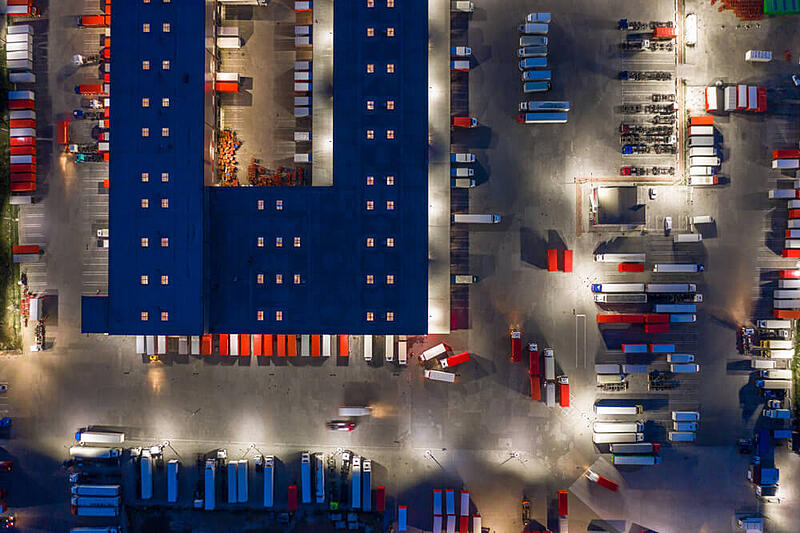
Customer Updates
Since hot shot trucking is as much about minimizing business disruption as it is about prompt deliveries, effective brokers also strive to stay in regular contact with their clients. Using their route plans and tracking technology, they can give customers frequent updates about the status of each delivery and the remaining time until the job is complete. Not only does that provide clients with peace of mind, but it also allows them to prepare for the delivery as efficiently and effectively as possible. Armed with a precise estimate of when the delivery will occur, clients will know exactly when they need to dispatch personnel to the loading docks, how long those personnel will need to be there, and how soon thereafter they can make use of the supplies. This further reduces disruption from the initial shortfall and ensures that once the hot shot delivery is done, the client's needs are met.
Expertise for Emergencies
Over and above the types of vehicles they coordinate and shipping strategies they use, what sets hot shot trucking brokers apart is their unique expertise in resolving emergencies. Most shipping coordinators focus on business as usual, but hotshot brokers are experts in the unusual. They specialize in all the different ways that things can go wrong and how best to respond to each of them. This means hot shot trucking brokers are familiar with situations their clients rarely encounter. They can proceed calmly and systematically when others would panic. They are therefore an important source of stability in crises, giving clients someone to rely on until things are back to normal.
Vehicle Variety: The Key to Flexibility
Of all the sources of flexibility essential for success in hot shot trucking, vehicle flexibility is arguably the most important. Effective hotshot trucking brokers don't just send whatever vehicle happens to be available to ship your items. Instead, they choose the vehicle that's right for you, based on the volume of goods you'll be transporting, the distance those goods have to travel, and a variety of other factors. A quality hotshot trucking coordinator will thus have access to myriad modern delivery vehicles, including but not limited to:
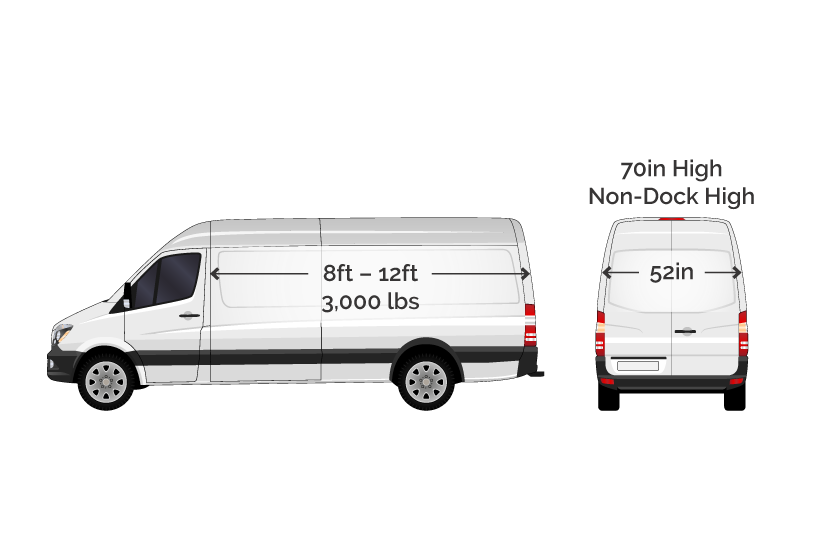
Sprinter Vans
We often think of shipping crises as involving very large volumes of goods that need to travel vast distances. Yet supply shortages are often local and involve goods that are relatively small in volume and number, but critical in their function. It's to deal with these kinds of shortages that effective hot shot trucking coordinators keep so many sprinter vans in their networks. Sprinter vans offer cargo spaces that are up to twelve feet in length, seventy inches in height, and fifty-two inches in width. This size makes them perfect for low- volume deliveries, so you don't have to pay for more space than needed to transport your goods. It also cuts down on delivery times, at least over shorter distances. By including lots of sprinter vans close at hand, hot shot truckers ensure that they can resolve all localized, low-volume shipping issues as fast as legally possible. Box or Cube Trucks— Also known simply as "small straight trucks," box trucks are named after their cube shape, which is advantageous for storing and organizing goods. These vehicles' cargo areas are typically ninety-four inches wide, seventy inches tall, and up to sixteen feet long, giving them considerably more payload capacity than sprinter vans have. A good hot shot trucking broker can connect you to a litany of box trucks in your area, including those with lift gates, ramps, and hinge doors.
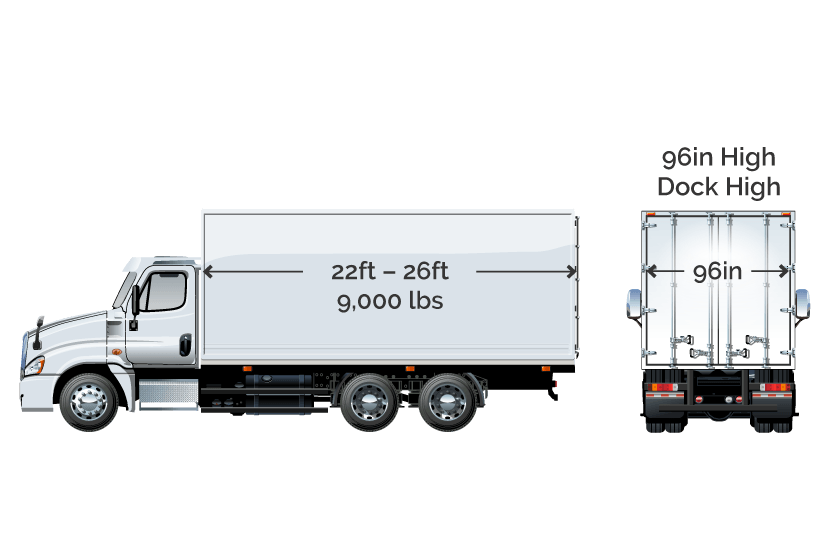
Straight Trucks
With cargo areas ranging up to 26 feet in length, 96 inches in width, and 96 inches in height, straight trucks are the largest single-body vehicles on the road. They also have considerably longer ranges than sprinter vans and box trucks. This longer traveling capacity is a function not just of the amount of fuel straight trucks can carry, but also of their room for additional crew— it is much easier to accommodate two drivers in a large straight truck comfortably enough so that one can sleep while the other is at the wheel. Thus, the drivers can take turns with one another, ensuring that one is always rested enough to drive at any given time. This allows smooth, uninterrupted deliveries over distances that would otherwise require the vehicles to stop overnight. Dry Vans-Known to many as "semis" or "tractor trailers,” dry vans have cargo areas up to 53 feet in length, 102 inches in height, and 99 inches in width. These cargo areas consist of a box trailer hooked to, but detachable from, the main truck. The sheer size of these vehicles makes them excellent for carrying large individual items, as well as for carrying smaller items in large volume.
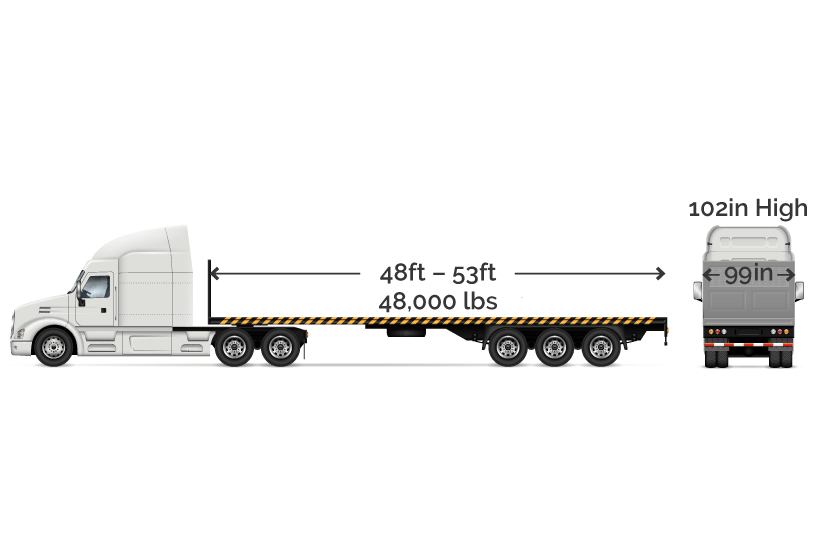
Flatbed Trucks
Similar to dry vans but without any walls or roofs, flatbed trucks are used to carry items out in the open. The trucks' cargo areas are 99 inches wide, 102 inches high when covered, and up to 53 feet in length, making them ideal for large, irregularly-shaped individual items. Businesses that need to bring in heavy equipment, for instance, are likely to use flatbed trucks to do it. Because the trucks aren't enclosed, your items are likely to be exposed to the sun, rain, and other elements, though you can cut down on this exposure through the use of protective tarps. A good hot shot trucking coordinator can help you determine if a flatbed truck is right for your supplies. They can also identify the flatbed carriers in your area best prepared to protect your items from road hazards. Like other large vehicles, flatbed trucks have the fuel and crew capacity to travel day and night, so this is also a great option for deliveries that are time sensitive.
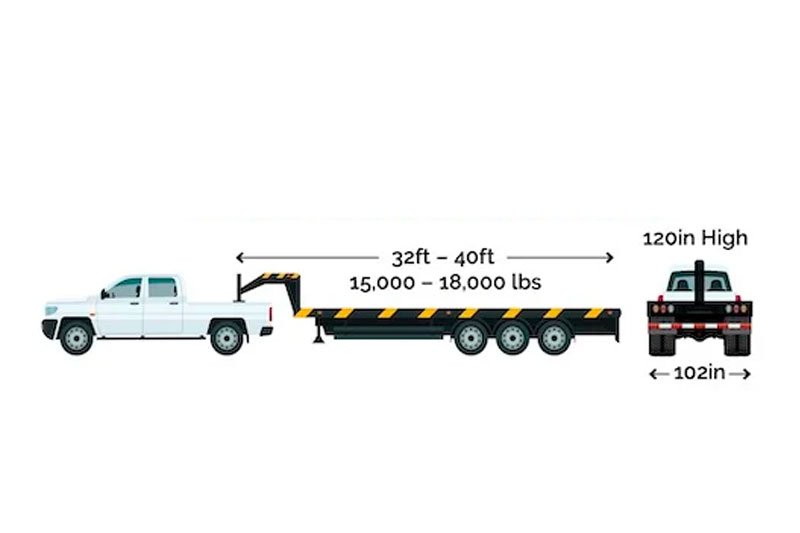
Gooseneck Hot Shot Trucks
"Gooseneck" trucks are identifiable by their distinctive rigging, which connects the trailer to the truck by extending over the tailgate and attaching to the truck bed. These vehicles are noteworthy for being able to carry items of up to 120 inches in height, making them ideal if you need to haul particularly tall supplies. Gooseneck trucks' cargo areas also extend up to 102 inches in width and up to forty feet in length.
The beauty of hotshot trucking is that because it involves coordinating carriers rather than operating trucks directly, brokers can easily incorporate the full range of truck types. A good hot shot trucking broker can match you with the carrier and vehicle you need as soon as you place the order. They can find the vehicle with enough space to accommodate all your items and the fuel and crew capacity to transport them as fast as legally possible. They can also accommodate any specialized needs your items have. For instance, if the supplies' total weight is more than 26,000 pounds, the carrier's drivers will need commercial driver's licenses or CDLs. Likewise, some items have unique loading or unloading needs, requiring trucks with specific doors, gates, or ramps. When you work with a hot shot trucking coordinator, you'll have the perfect vehicle to resolve your next shipping emergency at your fingertips long before the emergency occurs.
Single point of contact
Shipment-to-vehicle matching system
Vetted and exclusive carriers
Real-time monitoring and alerts
Help from HotShotTrucking.com
HotShotTrucking.com is proud to offer the gold standard of hotshot trucking. Armed with more than a decade of emergency shipping experience, advanced tracking and coordination technology, a proven vetting process, and a network that extends into every community in North America, we are prepared for every disruption your business might encounter. We have worked with a broad range of businesses across the US, Mexico, and Canada. From manufacturers to retailers to construction companies to energy producers, our clients span every industry, but we're always prepared to resolve their shipping issues.
Our Process lorem ipsum dolor sit amet, consectetur adipiscing elit. Nunc vulputate libero et velit interdum, ac aliquet odio mattis.
Value prop lorem ipsum
Ut posuere hendrerit nisl metus neque. Facilisis quis adipiscing a molestie. Tempor turpis tincidunt nulla diam in. Nec etiam ut neque placerat mauris nulla. Semper hendrerit at urna orci in faucibus sit lacus. Tincidunt fermentum consequat.
SEE OTHER CITIES WE SERVICE IN THIS STATE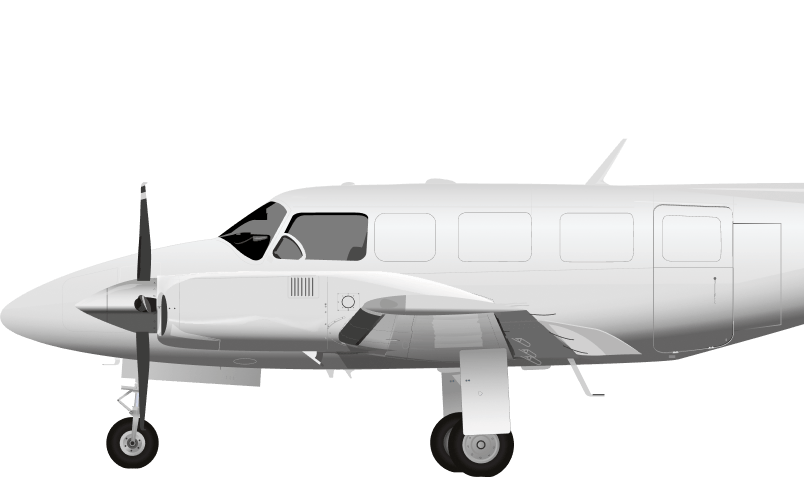
Value prop lorem ipsum
Ut posuere hendrerit nisl metus neque. Facilisis quis adipiscing a molestie. Tempor turpis tincidunt nulla diam in. Nec etiam ut neque placerat mauris nulla. Semper hendrerit at urna orci in faucibus sit lacus. Tincidunt fermentum consequat.
SEE OTHER CITIES WE SERVICE IN THIS STATE
Related Blog Posts

The History of Hot Shot Trucking in North America
Businesses facing shipping emergencies have long counted on hot shot trucking to fill the gaps. But the hotshot field didn’t just pop into existence as it is today. Rather, this bastion of emergency shipping developed slowly over time, emerging and expanding in tandem with the rest of the trucking industry. From the earliest days of pre-automotive transport to the modern era of brokers, reshoring, and JIT production systems, hot shot providers...

How Highway Closure Impacts Hot Shot Trucking California
Natural disasters can disrupt any industry, but their impact is particularly serious for logistics companies. The recent mudslides in California are a powerful case in point. By blocking Highway 101, one of the Golden State’s most important roadways, this environmental crisis has diverted trucks from their usual routes. This has significantly increased the cost and difficulty of completing hot shot freight deliveries, hampering the economy of...

Hot Shot Trucking for the Oil Industry
Hot shot trucking originated in the oil and gas industry. It was a response to the need for rapid transport of time-sensitive materials to remote drilling sites. Today, it plays a critical role in the logistics of the oil and gas sector. This article delves into the intricacies of hotshot trucking within the oil and gas industry. We'll explore how it provides fast freight and expedited shipping solutions, ensuring quick delivery of critical...

Louisiana's Transportation Plan To Benefit Hot Shot Trucking Industry
After years of discussion and debate from countless stakeholders, Louisiana is starting a new infrastructure project. Governor John Bel Edwards unveiled a $600 million plan to improve the state’s highways. Focusing on widening Interstate 10, this plan will be a boon to Hot Shot Trucking and other transportation companies that traverse the state. Governor Edwards announced the plan on Friday, May 13th, claiming that it was “of the utmost...

How to Start a Hotshot Trucking Business
Today we're diving deep into how to get started in hotshot trucking. If you're looking for a way to enter the trucking industry with lower startup costs and more flexibility, hotshot trucking might be the perfect fit for you. We'll walk you through the key steps to launch your hotshot trucking business, from understanding what it is to finding your first loads. We’re an expedited freight company that works with hotshot truckers all across North...

Essential Tips for Successful Hot Shot Trucking
Running a successful hot shot trucking business requires a combination of effective strategies, attention to detail, and a commitment to customer satisfaction. Whether you're a new entrant or an experienced hot shot trucker, adopting essential tips can help you navigate the industry and increase your chances of success. In this blog post, we will provide practical advice and strategies for running a thriving hot shot trucking business, covering...

The Advantages of Hot Shot Trucking for Small Businesses
In the world of logistics, small businesses often face unique challenges when it comes to shipping their products efficiently and cost-effectively. This is where hot shot trucking can be a game-changer. Hot shot trucking offers a range of advantages that can significantly benefit small businesses, enabling them to compete in the marketplace and meet customer demands. In this blog post, we will explore the advantages of hot shot trucking for...
.jpg?width=960&length=960&name=shutterstock_6919525%20(1).jpg)
Hot Shot Trucking Texas
Hot shot trucking is not just a logistical solution. It is an economic imperative in Texas. Hot shot services are essential in supporting businesses across the state, from oil and gas operations to small local enterprises. Moreover, it plays a crucial role in disaster relief and emergency situations. By ensuring rapid delivery of essential supplies, hotshot trucking becomes a lifeline in times of crisis. This article aims to provide a...

What is Hot Shot Trucking?
Hot shot trucking is a specialized freight service focused on speed, flexibility, and delivering time-critical hot shot loads. Hot shot trucking services involves hauling smaller, urgent shipments on short notice and delivering them directly to their destination as fast as possible.
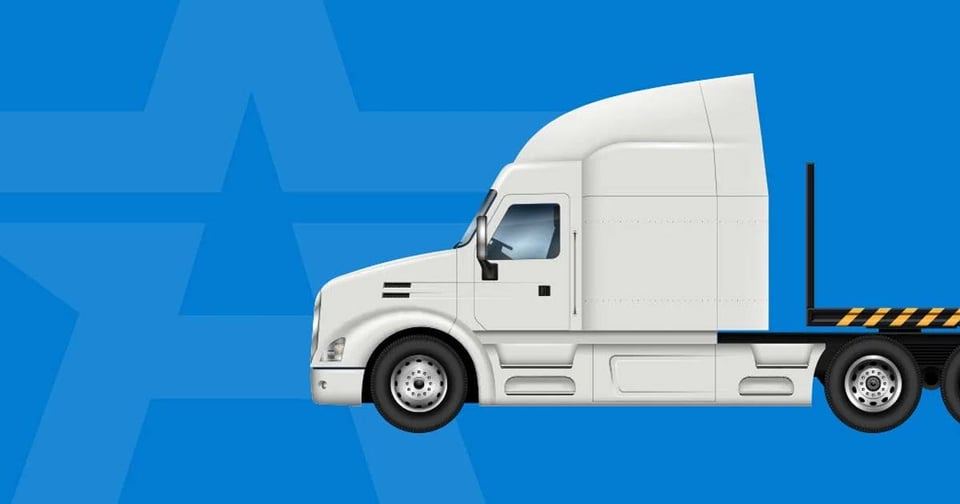
Flatbed Trucking Companies
Flatbed trucking plays a pivotal role in modern logistics, which is why you see so many open-deck trailers on highways today. Unlike enclosed vans, flatbed trucks have no walls or roof, enabling them to haul oversized and unconventional freight that keeps supply chains agile. From construction beams to heavy machinery, flatbeds provide the flexibility to load cargo from any side and deliver to locations without loading docks. This article offers...
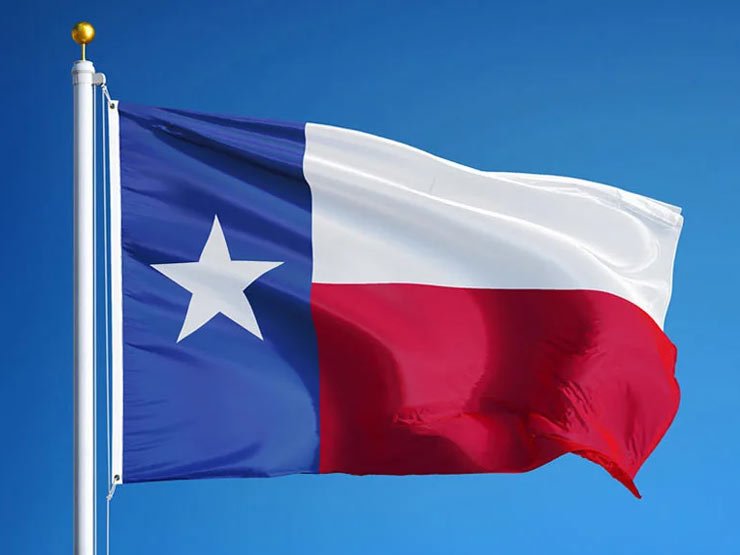
Texas Trucking Company
Hot shot trucking companies in Texas specialize in hauling smaller, time-sensitive loads—often for the energy sector, where timing is crucial. From providing hot shot delivery services to offering competitive freight quotes, these companies are integral to the world of Texas logistics. In addition to their speed and accessibility, hotshot trucking companies in Texas offer a cost-effective alternative to larger freight services for small to...
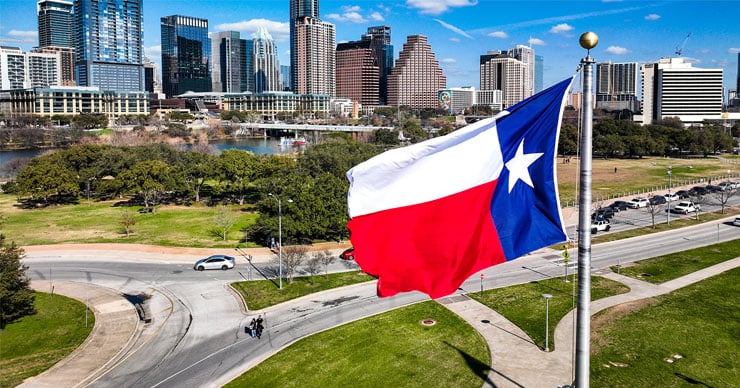
Trucking Companies in Texas
Texas boasts one of the largest and fastest-growing economies in the world, powered by industries from energy and manufacturing to technology and agriculture. In fact, if Texas were its own country it would rank around the eighth-largest globally by GDP. This economic might creates enormous demand for freight transportation. Thousands of trucking companies in Texas operate around the clock to keep factories running, store shelves stocked, and...
WHAT IS HOT SHOT TRUCKING? AKA HOTSHOT TRUCKING
Modern business is all about strict timelines. Whether your field is manufacturing, extraction, retail, or research and development, your operations are bound to rely on activities that operate in tandem. The most minor of supply shortages can throw these activities off, potentially costing you thousands of dollars just for a few hours' delay. Success thus hinges on your ability to right the ship as quickly as possible after a supply shortage arises.
Industries We Serve
Modern day hot shot trucking provides the speed and exclusivity you need to meet the most demanding and time-sensitive shipping requirements. We use every resource, avenue, and channel available to ship your freight by ground or air. Designed specifically to address supply and distribution problems that arise without warning, hotshot trucking tactics involve coordinating a network of carriers in a variety of locations. By calling on the vehicles closest to your supply or distribution points, hotshot brokers can fill any sudden gaps in your supply network almost as soon as they happen. This minimizes the disruption to your business and allows you to quickly return to ordinary operations, weathering the storm without skipping a beat.
Automotive
The automotive supply chain already has significant challenges. Don’t let malfunctioning equipment stop the production line. Step on the gas with HotShotTrucking.com’s suite of services that will get you back in the fast lane. With HotShotTrucking.com, companies are devising shipping strategies to swiftly deliver critical parts and equipment — whether it's ground expedite service with sprinter vans, box trucks and 53-foot tractor trailers or air freight and air cargo.
Aviation & Aerospace
Every moment a commercial airliner sits on the ground, it costs an airline money. Expedited freight services by HotShotTrucking.com can get you back in the air with prompt delivery of parts and equipment throughout North America. We are equipped with the expertise to navigate the complexities of shipping jet engines and other types of loads, and our network of hot shot drivers has extensive experience transporting aviation assets.
Construction
One shipping delay can snowball and cause delays throughout your entire project. You need an experienced 3PL provider who understands the construction industry and has the logistical reach to deliver your freight on time, anywhere. That 3PL partner is HotShotTrucking.com. Whether in the air or on the ground via truck and trailer, we can connect companies to expedited freight services for the prompt delivery of parts and equipment throughout North America.
Mining & Metals
From cranes to chemicals to excavators to conveyor belts, HotShotTrucking.com has the experience and industry know-how required for shipping sensitive, oversized, and hazardous equipment. Third-party hot shot trucking and logistics providers such as HotShotTrucking.com specialize in devising and implementing innovative shipping solutions, ensuring mines can swiftly return to operation. We’ll pick up your shipment, deliver it to the airport and receive it at the other end – providing hand-carried service as necessary or required.
Manufacturing
Every moment a manufacturing facility or factory sits idle costs a company money because of the high costs involved. With many manufacturers building to only just-in-time production rates, any disruption threatens parts and vehicle inventories. This is where the speed and expertise of freight services from HotShotTrucking.com can make a difference throughout the entire manufacturing supply chain. We do all the logistical legwork to find the optimal solution for your job, whether it's an exclusive air charter or expedited ground shipping.
Telecommunications
From servers to cell towers, information, voice, and data must flow to keep businesses, production, and the public online and connected. When equipment goes dark, depend on HotShotTrucking.com to get your systems flashing green again. This is where the speed and experience of trucking and freight services from HotShotTrucking.com can help. Our hot shot truck network excels at the prompt delivery of parts and equipment throughout North America.
Oil & Gas
The oil and gas industry faces challenging conditions in offshore and onshore oil rigs, often in remote locations with limited infrastructure. Don’t let oil pumps or pipelines sit idle waiting for equipment. By having the right plans, parts, people, and logistics partner like HotShotTrucking.com, you can effectively mitigate plant or pump downtime, unscheduled disruptions, and equipment failures.
Cost of Urgent Shipping
Which of our specialized shipping services best fits your needs?
Blog and Resource Center
How AirFreight.com Solved a PGA Tour Shipping Emergency
Learn how AirFreight.com located a lost shipment and helped save the PGA Golf Tour.
How AirFreight.com Saved The Farm By Solving A Major Shipping Delay
Learn how we saved a Montana-based artisanal farm thousands of dollars by expediting a shipment of perishable goods.
Expedited Shipping Vendor Comparison
We’ve done the research for you. This vendor comparison sheet breaks down how AirFreight.com stacks up against the competition.

talk to an expeditor now
Get a Quote in Minutes for Your Time-Critical Freight Needs
GET A QUOTE
